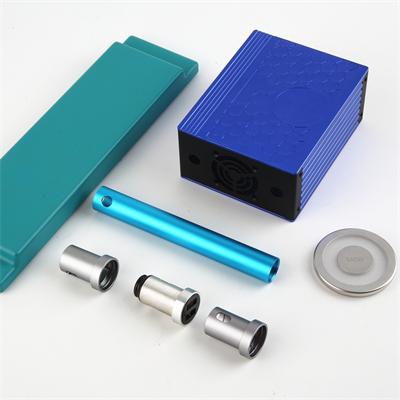Custom Aluminum Extrusion Supplier & Manufacturer – High Quality Extruded Aluminum Parts & Profiles
With decades of years in the aluminum extrusion industry, Junying aluminum extrusion services can meet the needs of customers in the production of high-volume & low-cost aluminum parts. Custom aluminum extrusions with simple or complex shapes can be handled at our factory. Endless extruded aluminum possibilities are allowed. Once you selected us, our engineers will start with understanding your demands, select the aluminum extrusion design suits the application, figure out the aluminum extrusion shapes, dimensions, specifications, tolerances, and all of the details before production. We have accomplished operators in the workshop to execute each operation in a correct way to ensure the products meet or exceed international standards and customer expectations.
Strong, lightweight, and corrosion-resistant extruded products can be obtained through a fast and efficient aluminum extrusion process. From quality to service, strict requirements and high standards help us gain a good reputation among worldwide clients. Our aluminum extrusion profiles are commonly used in the consumer electronics and construction industry, such as frames of doors and windows, also serve for automotive, trains, ships, medical devices, etc. Multiple types of aluminum alloys are available for the manufacturing of aluminum extrusion profiles, such as 6061, 6063, 7075, 8020, 4080, 1010, 3030, 2020, etc. In some cases, extruding aluminum is a more cost-effective method than other fabrication processes. Cooperating with suppliers to assist the project can reduce the cost of high-volume production of aluminum parts.
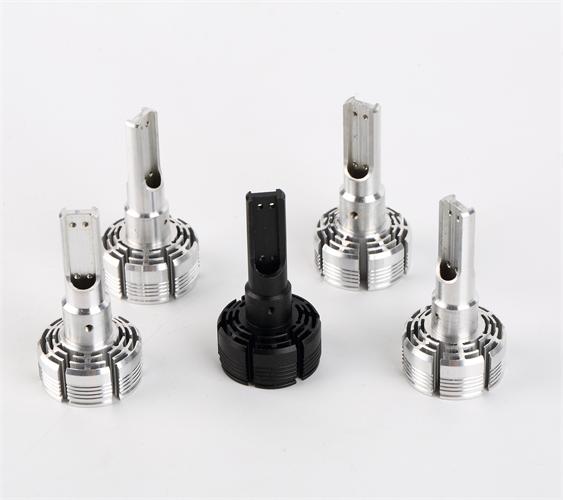
Why Choose Junying Custom Aluminum Extrusion Services
- Professional sales team will keep clear and timely communication with you
- Experienced engineers and technicians offer the most perfect solutions based on your program
- Advanced machinery and extensive expertise allows dealing with intricate designs
- On-site quality inspection services from the beginning of production to pre-shipment
- Extruded aluminum parts with a tight tolerance of +/-0.002 inches and upon customer request
- Undergoes a rigorous quality control inspection to meets the required industry standards and specifications
- Secondary machining services with CNC machine tools to reach each detail
- Fast response and on-time delivery for no matter small or big orders
- High-volume production or rapid prototyping aluminum extrusions for your choice
What You Can Get With Our Custom Volume Extrusion Services
- Aluminum extrusions – Common aluminum alloy types: 6061, 6063, 6061-T5, 6063-T5. If you want to specify another aluminum alloy, please send your inquiry to us, we’ll review the feasibility and give you feedback quickly.
- Complex Bespoke Aluminum Extrusion Products – We can design and produce a variety of extruded aluminum products including t-slot aluminum extrusion, extruded aluminum parts, aluminum heat sinks, and custom aluminum fabrication. We can provide comlex aluminum extrusion products for various fields such as automotive parts, consumer appliances, electronic cabinets, filtration systems, railings, signs, awnings, and electronic instrumentation.
- Aluminum Extrusion Design – We have extensive experience in high-precision traditional aluminum extrusions processing, and we can also work hand in hand with customers to design the best extruded aluminum parts and prfiles to meet their unique needs.
- Extruded Aluminum Fabricating – Our range of additional aluminum deep processing services to enhance and further customize your extruded products. As a professional CNC machining center, we have the ability to mill, drill, bend, punch, saw, weld, and more on your extruded aluminum parts, in addition to putting these parts through a finishing machine to remove burrs from the extrusions and soften any sharp edges.
- Aluminum Extrusion Surface Treatment & Finishing – We also offer a range of aluminum surface finishing services, including anodizing, brushing, painting, polishing, and powder coating, to give your final aluminum extruded parts a superior appearance and longer life.
- Custom Metal Extrusions – We offer a range of additional custom metal extrusion processing services to produce any metal part or component to suit your application.
- Custom Plastic extrusions – Common plastic material choices: Nylon, PC, ABS, PP, PVC, PS, etc. Thermoplastics can be heated and pressured in a mold, then be formed into different shapes.
CNC machining, surface finishing, and quality inspection services can also be provided if you need them.
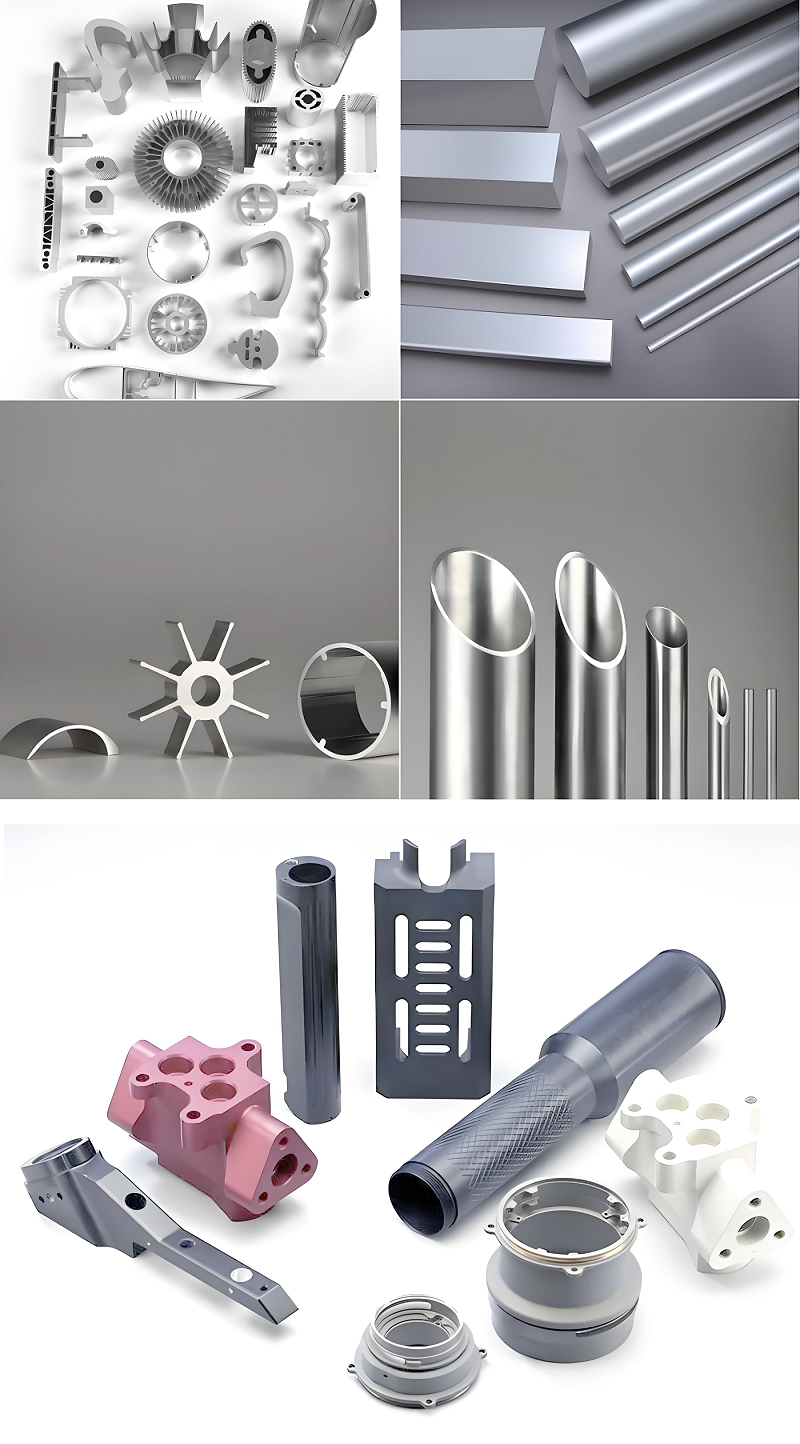
What is Aluminum Extrusion? – Aluminum Extrusion Process
Aluminum extrusion is the process of aluminum forming. The aluminum extrusion process uses the original form of aluminum, which is called aluminum billet of aluminum ingot. The aluminum billet is preheated to a specified temperature at which the aluminum becomes soft and malleable, and then forced through a mold or die that is designed to shape and form the aluminum material to different aluminum profiles with desired cross-section shapes. The die used in the aluminum extrusion process can be made into almost any shape required by the user. Generally, the molds are made from highly durable steel with openings through it. Aluminum extrusions are widely used due to their high strength, lightweight, and good conductivity.
The general flow or steps of the aluminum extrusion process:
- Machine a hard steel mold and load it into the extrusion press
- Prepare a solid aluminum billet and preheat it to specified temperatures
- Transfer the preheated aluminum to the extrusion press
- Push the billet into the container of the extrusion press until fills in it
- Apply continual pressure to force aluminum material through the openings in the die
- The extrusion emerges from the opening of the mold and form the desired shape
- Shear the complete extrusion using a hot saw
- Cool the extrusions, the profile will retain its shape until it reaches room temperature
- Move the aluminum extrusions to a stretcher and stretch them into alignment
- Move the full-length extrusions to the saw table and cut them to a specified length
Common Aluminum Extrusion Shapes
- Solid: no gaps or openings, such as rods, beams, or angles
- Semi-hollow: with partially enclosed voids or narrow gaps
- Hollow: with one or more voids, such as square or rectangular tubes
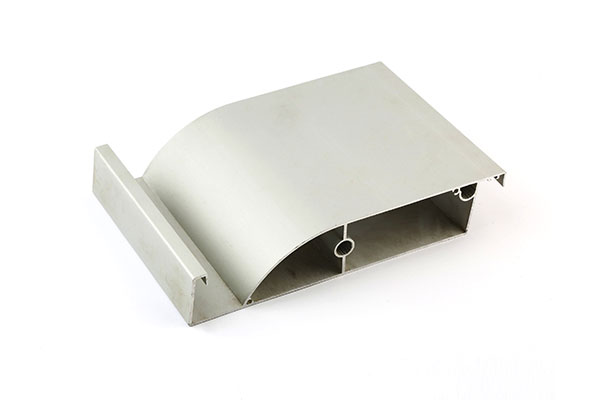
Types of Aluminum Extrusion Process Method
The extrusion process of aluminum profiles is a complex metal processing process, which involves a variety of extrusion methods. The selection and application of these methods directly affect the final quality and performance of aluminum profiles. Aluminum profile extrusion methods can be subdivided into various types according to various factors, such as metal type, stress-strain state, extrusion direction, lubrication state, extrusion temperature, speed, and the shape or number of tools and blanks.
According to the movement characteristics of the blank relative to the extrusion barrel, it can be divided into:
- Direct/Forward Extrusion Method – Direct aluminum extrusion (Direct Extrusion) refers to the metal billet being pushed into the die in the same direction as the extrusion direction during the extrusion process. In this process, the aluminum alloy billet is pushed into the die by the pressure of the extruder, and the metal flow direction is consistent with the pressure direction, that is, the metal enters from one port of the die and is finally extruded from the other port. Direct aluminum extrusion is a relatively simple and low-cost process, which is often used to produce standard profiles. Its advantages are simple equipment structure and low energy consumption, but due to the large friction between the metal billet and the die, the flow of the metal may not be as smooth as indirect extrusion, which is easy to cause internal stress and defects.
- Indirect/reverse extrusion (covering plane deformation, axisymmetric deformation and general three-dimensional deformation extrusion) – Indirect aluminum extrusion refers to the relative movement of the metal billet and the pusher (such as a piston) of the extruder. In the indirect extrusion process, the aluminum alloy billet is placed in a fixed container, and the pusher of the extruder pushes the metal to the die mouth from the other end of the die, and the flow direction of the metal is opposite to the pressure direction. That is, the metal flows out of the die outlet, and the pusher pushes the billet at the other end. This process can effectively reduce the friction between the metal and the die, so that the metal flows more evenly, reduces internal stress, and can produce higher quality aluminum profiles. Since the equipment of indirect extrusion is complex and the manufacturing cost is high, it is mainly used in occasions with high product quality requirements.
- Compound extrusion – During production, the metal flow direction of one part of the billet is the same as the direction of the punch movement, and the metal flow direction of the other part is opposite to the direction of the punch movement. Compound extrusion combines the advantages of forward extrusion and reverse extrusion, and can produce aluminum products with more complex shapes and better performance.
According to the type of extruded profiles, it can be divided into solid profile extrusion and hollow profile extrusion, etc.:
- Solid profile extrusion – Solid profile extrusion adopts two basic methods, namely, extrusion with forward metal flow and extrusion with reverse metal flow.
- Hollow profile extrusion – Depending on the shape of the hollow profile, the number of holes, the size and shape, the degree of asymmetry of the holes to the center position of the profile section, etc., two basic methods are often used for hollow profile extrusion:
Extrusion needle tube extrusion method: Hollow or solid billets can be extruded. When solid billets are used, they are pierced before extrusion. The hollow profiles extruded by this method have no seams and are generally used for special-section pipes with simple shapes and large inner hole diameters.
Combined die welding extrusion: solid billet is used for extrusion, and the combined needle and die are an integral whole or assembled into a rigid structure.
Advantages of Aluminum Extrusion Process
- In the aluminum extrusion process, the extruded metal can get more intense and uniform three-dimensional compressive stress in the deformation zone than rolling and forging, which can give full play to the plasticity of the process meta. Therefore, extrusion services can be used to process low-plasticity and difficult-to-deform metal or alloy, which is difficult or even impossible to process by rolling or forging process.
- Extrusion method can not only produce pipe, bar, profile and wire products with simple cross-section shape, but also produce profiles and pipes with complex cross-section shapes, such as integral panel profiles with profiled stiffeners, extremely complex hollow profiles, porous tubes, etc.
- Aluminum extrusion is very flexible, as long as you change the die and other extrusion tools, products of different shapes, specifications and varieties can be made on the same equipment, changing extrusion tools is simple, time-consuming, and high efficiency. This kind of processing method is most economical and applicable to aluminum alloy material processing factories with small order quantities and many varieties and specifications.
- The precision of extruded products is higher than that of hot rolled and forged products, and the surface quality of products is also better. For some aluminum alloys with extrusion effect, the longitudinal strength of the extruded products after quenching and aging is much higher than that of similar products processed by other methods.
- The process flow is short and the operation is convenient. The whole structure parts with a larger area than hot die forging or rolling can be obtained by one extrusion. Moreover, the investment of equipment is less, the cost of die is lower and the economic benefit is high.
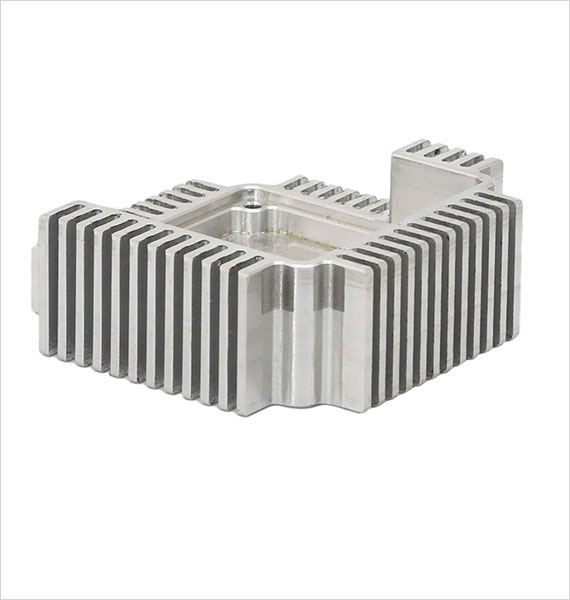
What Aluminum Alloy To Choose For Your Custom Extrusion Parts?
1. Pure aluminum (L series) has excellent machinability, corrosion resistance, surface treatment, and conductivity but low strength and is suitable for household products, electrical products and other fields.
2. On the other hand, hard aluminum (Ly) belongs to the 2000 AL-Cu series alloy, which has a high copper content and high strength but poor corrosion resistance. It is mainly used in large components and brackets.
3. Rust-proof aluminum (LF) corresponds to the international grade 3000 AL-Mn (aluminum manganese) series alloy. Its heat treatment cannot be strengthened, but its machinability and corrosion resistance are equivalent to pure aluminum, and its strength is improved, and its welding performance is also good. This alloy is widely used in daily necessities, building materials, and devices.
4. Special aluminum (LT) corresponds to the international grade 4000 AL-Si (aluminum silicon) series alloy. It is mainly used as a welding material and has the characteristics of a low melting point (575-630 degrees) and good fluidity.
5. Rust-proof aluminum (LF) also corresponds to the international grade 5000AL-Mg (aluminum-magnesium) alloy. This type of alloy cannot be strengthened by heat treatment, but its corrosion resistance, weldability, and surface gloss are very good. By adjusting the Mg content, alloys of different strength levels can be obtained, which are suitable for a variety of applications, such as decorative materials, advanced devices, and welded components of ships, vehicles and chemical plants.
6. 6000AL-Mg-Si alloy is a Mg2Si precipitation hardening heat-treatment-strengthened alloy with good corrosion resistance and medium strength, and excellent hot workability. Therefore, this alloy is widely used as an extrusion material with excellent forming properties and high hardness obtained by quenching. It is the main source of materials for building profiles and industry.
7. Superhard aluminum (LC) corresponds to the international grade 7000AL-Zn-Mg-Cu (aluminum-zinc-magnesium-copper) high-strength aluminum alloy and AL-Zn-Mg alloy for welded components. This type of alloy has high strength and excellent welding and quenching properties. Although its stress corrosion cracking resistance is poor, it can be effectively improved through appropriate heat treatment. The former is mainly used in aircraft manufacturing and sports goods, while the latter is suitable for welding structural materials such as railway vehicles.
8. 8000 (AL-LI) aluminum-lithium alloy is characterized by its density being 8%~9% lower than that of 7000 series, and it has the advantages of high rigidity, high strength and light weight. Although the aluminum alloy metal decay resistance of this series of alloys under complex conditions needs further research and development and improvement, it has been widely used in military fields such as aircraft, missiles and engines.




